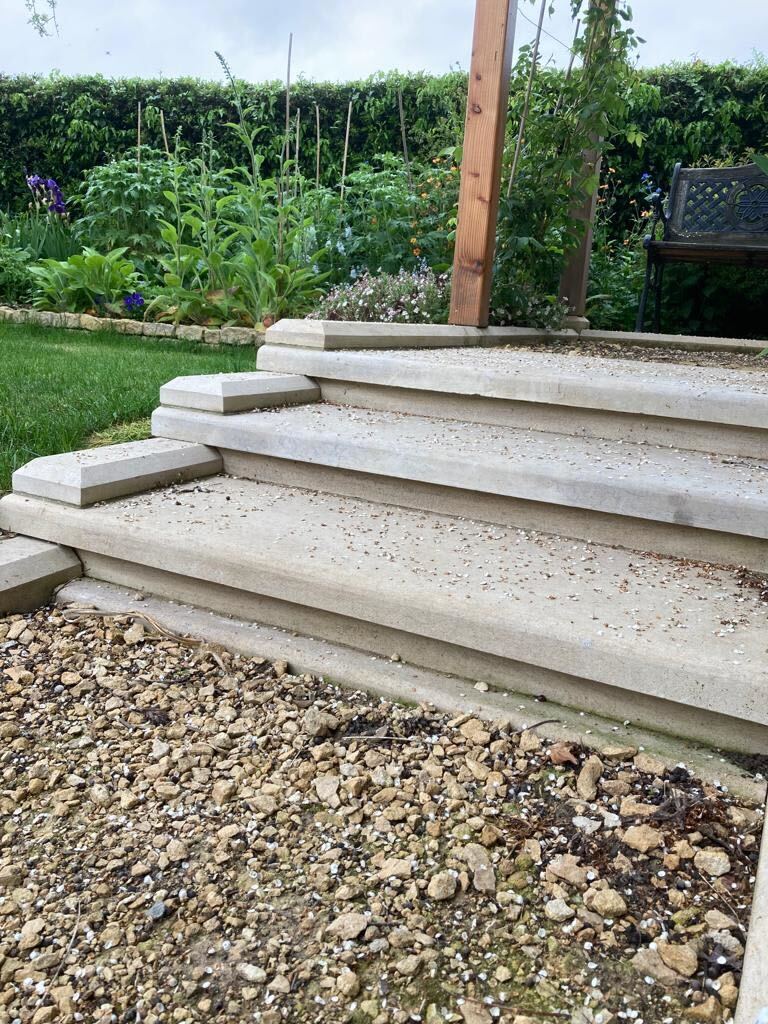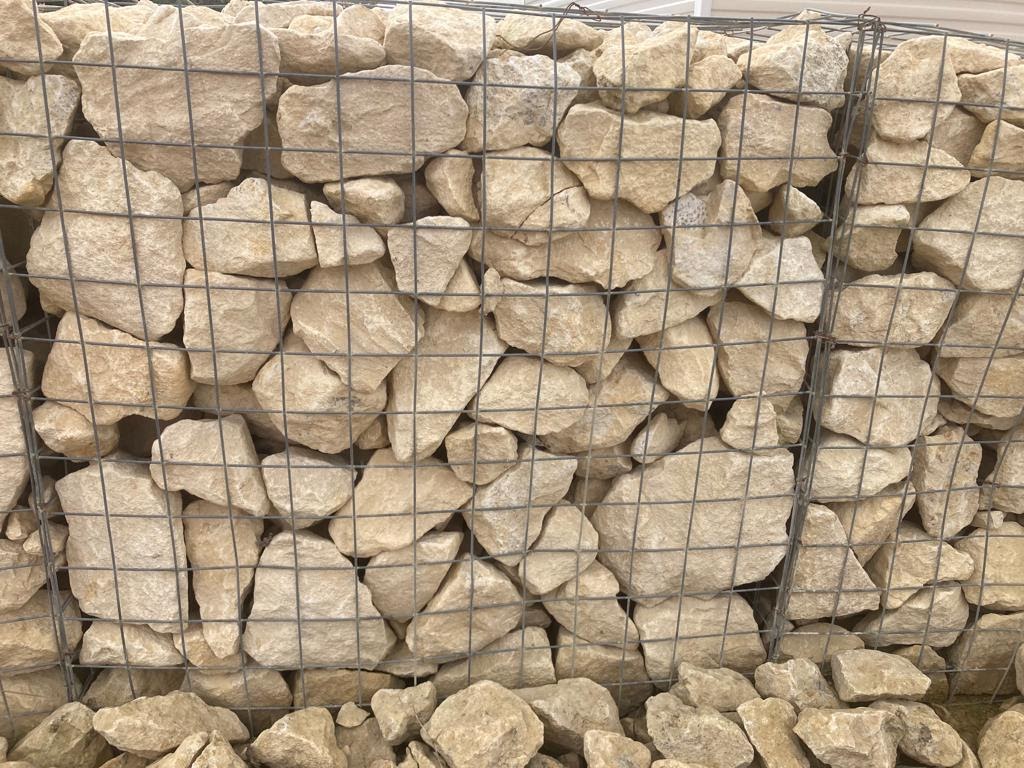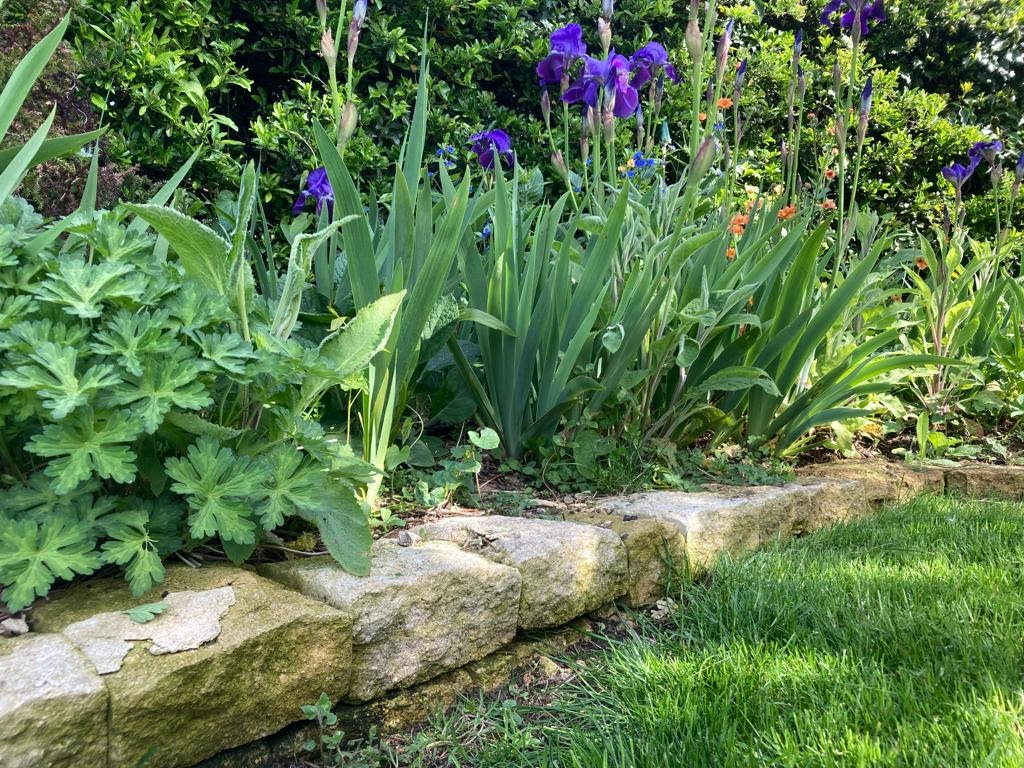Carbon footprint
We pride ourselves with one of the lowest carbon footprints in the industry.
At Hanbeck Natural Stone, we are committed to producing natural stone building products that don’t cost the earth – both financially and environmentally.
Lincolnshire limestone is one of England’s most distinctive building materials and has been used in iconic buildings across the world for centuries. It famously plays a part in much of our ecclesiastical architecture, and Hanbeck Natural Stone are proud to have supplied top quality materials for ongoing work at Lincoln, Norwich and Peterborough Cathedrals
Stone is used for building across the globe. The oldest rocks on earth have been dated to 4 billion years, and all stone gains its characteristics over many millennia. The earth is continually engaged in a process of rock building and re-generation. Stone that gets used in the building process can ultimately be reused again and again. A good example of this is the legacy of monasteries and abbeys across England. After they were dissolved during the reign of Henry VIII much of the stone found its way into the buildings of local people, both grand and humble, where it can still be found today.
How do we judge what’s sustainable?
What it means to be sustainable is continually changing as our knowledge and understanding develops. There is general consensus that for a building project to be considered sustainable it should improve energy efficiency, conserve natural resources, be non-toxic, reduce waste and pollution and have a long life span.
Natural stone ticks many of these boxes. It’s not a heavily processed material, with a minimal number of stages from extraction to final build. The quarrying and processing of natural stone is less energy intensive when compared to the production process of other building materials such as concrete or brick.
How is stone a low-carbon material?
Compared with other building materials, indigenous natural stone is a low-carbon building material. The principal carbon impacts associated with UK stone are related to how the stone is processed, the volume of waste produced and the transport of the stone to the site.
When developers elect to build in the natural stone of the region, not only are they creating buildings that reflect the local aesthetics and traditions, they are using materials that have a much lower carbon footprint. The journey from quarry to building site will be relatively short. Local stone building traditions that have built up over centuries are based on what’s most readily available locally.
Sustainability is at the heart of everything we do
Concentrating on smaller scale development, conservation and restoration projects we put sustainability at the heart of everything we do.
As a result, we have one of the lowest carbon footprints in the industry. We’re keen to help developers reduce their carbon footprint by enabling them to shift back towards local indigenous stone and away from more production heavy building materials.
Working with smaller developers and builders, we provide a bespoke service based firmly in our family values and rooted in a strong local tradition.






